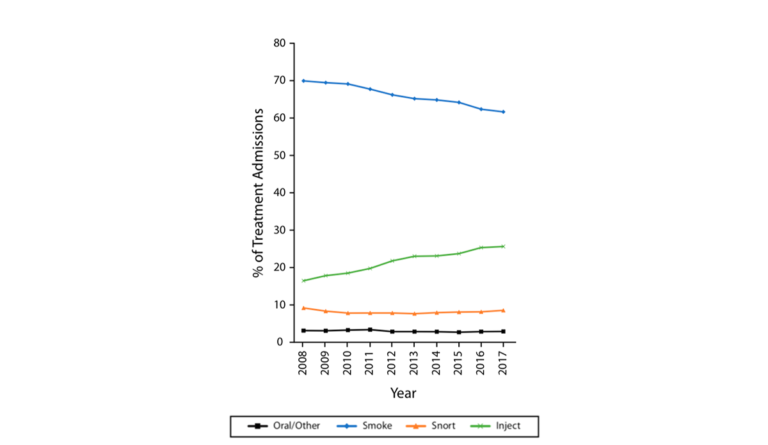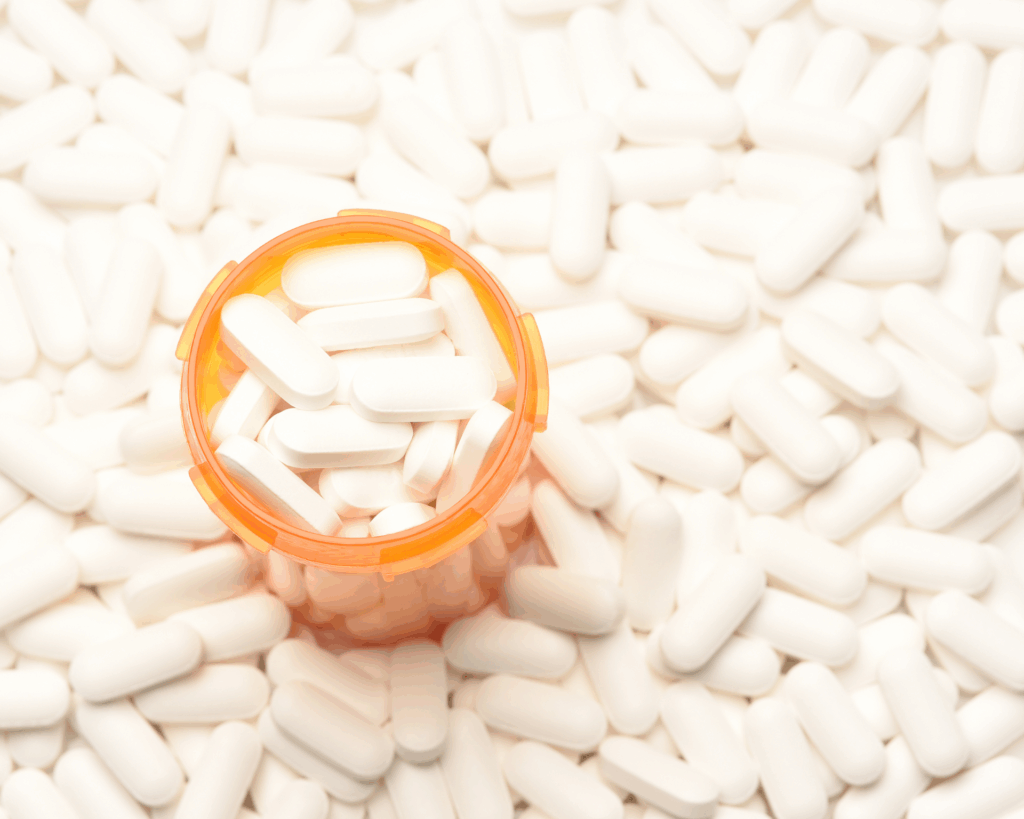Treatment Trends
The increases in injection meth use observed represents a dangerous public health challenge that is hidden within the wider opioid epidemic.

Read Time: 2 minutes
Published:
The annual seizure of illegal methamphetamine shipments to the US increased by 46 tons between 2014 and 2020. Meth can be smoked, snorted, injected, or orally ingested. The immediate effects of meth — high energy and the ability to stay awake for long periods of time — are the “rush” people who use meth are seeking. But meth use comes with many negative side effects including rapid or irregular heartbeat and dangerous body temperature increases. Habitual meth use can cause long-term problems with mood, memory, motor skills, and concentration.
Habitual meth use often leads to addiction. One and a half million adults reported using meth in the past year and many are now seeking treatment services.
Christopher Jones and his team analyzed trends in meth use between 2008 and 2017 using data from the Treatment Episode Data Set, a national database of addiction treatment admissions in each state. Among 15.7 million patients, one in four were admitted for methamphetamine addiction. Smoking was the most common form of use, but injection use has been increasing. Successful treatment for meth addiction is notoriously difficult.
The researchers speculate that the rise in injection rates might be a result of increasing co-use of meth and opioids. For example, meth administered by injection in King County, Washington increased from 20% in 2009 to 65% in 2017. Most participants in the King County study reported taking “goofballs,” a combination of meth and heroin that produces a more pleasurable high for some users. One in five people who take goofballs report overdosing at least once in the past year, and 15% of people taking goofballs overdosed at least twice. The increases in injection meth use observed represents a dangerous public health challenge that is hidden within the wider opioid epidemic.
Databyte via Jones CM, Olsen EO, O’Donnell J, Mustaquim D. Resurgent Methamphetamine Use at Treatment Admission in the United States, 2008-2017. Am J Public Health. 2020;110(4):509-516.



